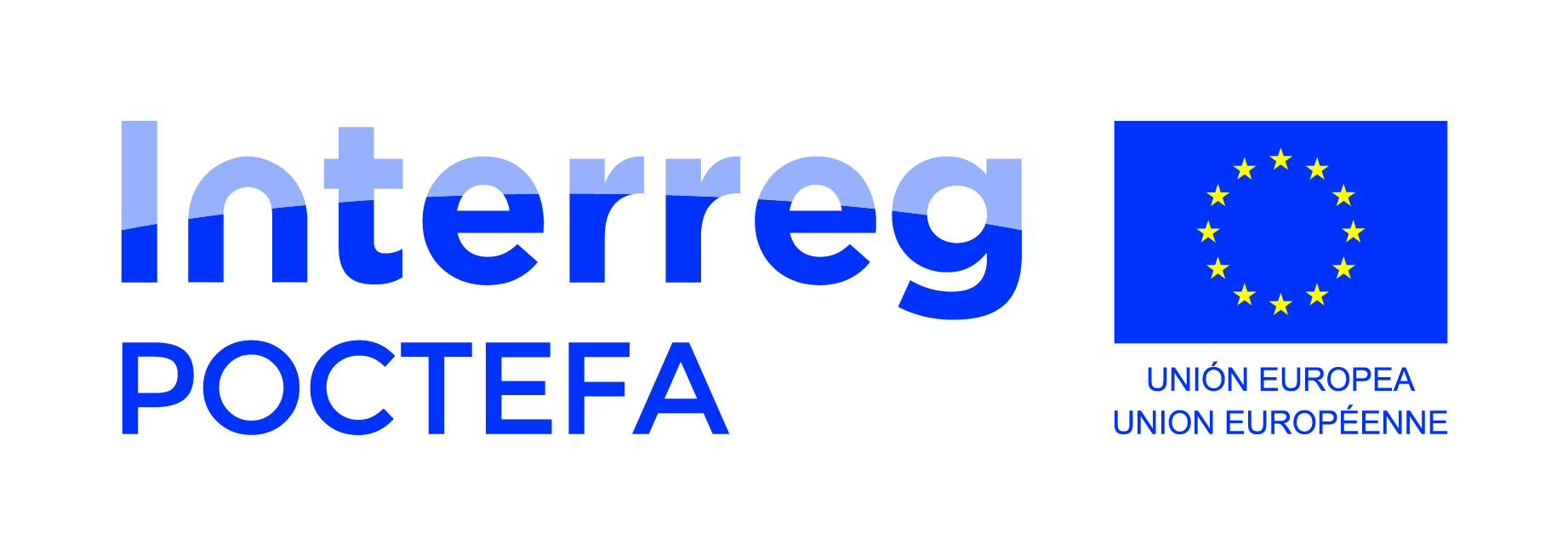
Figure 1: Illustration of real/synthetic data and a FWI test on the real dataset. a) shows the shear-wave velocity model from SWA; b) highlights a single shot from the real data and a 2D synthetic dataset; c) illustrates the comparison between real data and simulation data during FWI as the frequency increases.
Full Waveform Inversion (FWI) is a powerful tool to image the subsurface, from the knowledge of seismic event recorded during a seismic acquisition campaign.
RealTimeSeismic and Inria are joining their efforts to design a FWI software based on the propagation of surface waves which should enhance the imaging of the shallow subsoil. After having validated the FWI strategy on synthetic data, the challenge is now a successful application of FWI on real data. We decided to consider a real dataset named Seignosse. From this dataset, Realtimeseismic designed a shear-wave velocity (Vs) map using Surface Wave Analysis (SWA) that is represented in Figure 1a) in two dimensions. Besides the Vs map, we need a compressional-wave velocity (Vp) map to initialize the FWI procedure. An empirical Vp map is thus derived from the Vs map via a guess of the Poisson's ratio.
Figure 1b) compares the real data (from the Seignosse dataset) and a 2D synthetic data (obtained by our numerical code using the Vs and Vp map) from a single shot. Despite the noise and a different amplitude trend on the real data, both two seismograms show similar surface wave group velocities.
We used the Seignosse dataset as the input of the inversion tool developed by F. Faucher and tried to perform FWI on it. Figure 1c) displays some comparisons in the frequency domain between the real data and the simulation for a single shot during FWI between 5 and 20 Hz. The substantial difference between the two indicates that we need more efforts to match the simulation and real data: first, a careful pre-processing of the real data is a must; second, we will have to look for a more relevant Vp model and Realtimeseismic proposed a first-arrival travel-time tomography; third, a further study with synthetic data will be beneficial; last, a review on the construction of the cost-function is highly necessary due to our special interest on surface waves.



